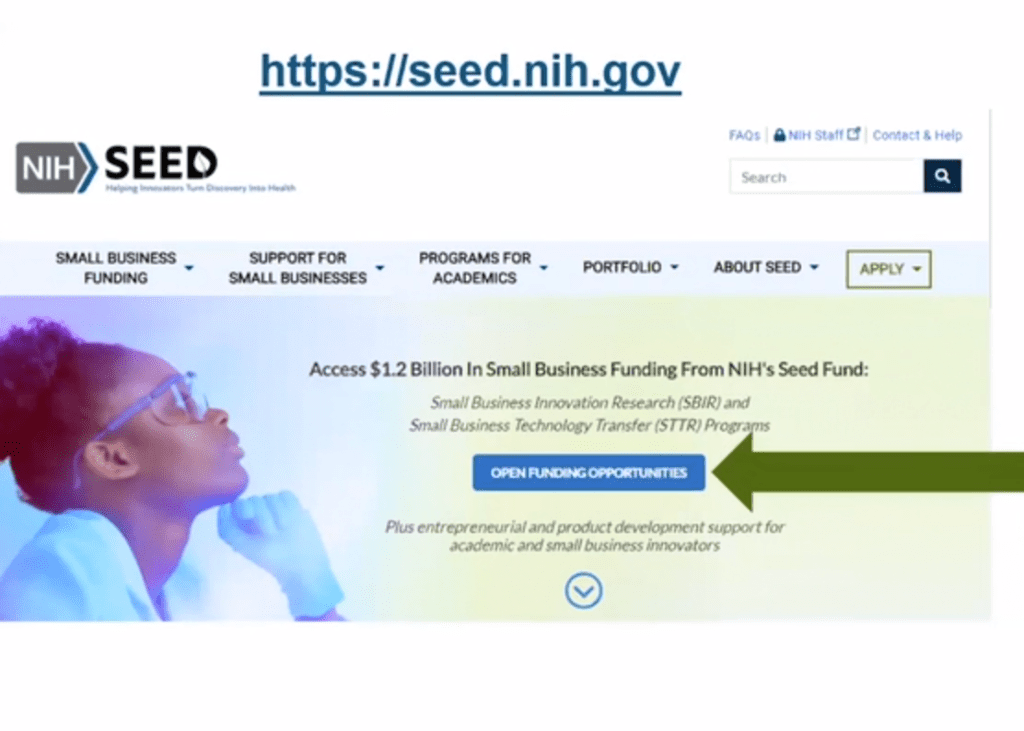The Small Business Innovation Research and Small Business Technology Transfer (SBIR/STTR) programs are a great way for companies to kick-start their business. However, navigating the application process can be time-consuming and overwhelming.
The Biotechnology Innovation Organization (BIO), in collaboration with members and partners, has developed resources to help.
To help small businesses overcome obstacles more easily, BIO recently hosted “office hours” to meet one-on-one with a grant-writing expert and learn how to avoid common mistakes or submit applications for grants. We spoke with Conor Smith of PSC Biotech, which hosted the office hours, to learn more about the application process and common pitfalls.
What is SBIR/STTR?
The SBIR/STTR programs offer seed funding to small businesses and non-profit research organizations, in order to boost research and development (R&D) “with the potential of commercialization.”
“By including qualified small businesses in the nation’s R&D arena, high-tech innovation is stimulated,” says America’s Seed Fund (ASF), which provides investment for the programs.
ASF’s mission and goals are to stimulate innovation, boost research and development, and encourage women to take part in innovation and help them harness entrepreneurship.
Last year, the SBIR/STTR grant programs were extended. However, Congress added new regulations for applicants, including disclosure of foreign relationships, cybersecurity, and performance standards.
What to know about the SBIR/STTR application process
There are a few key things to look out for if you’re considering applying for SBIR/STTR grants.
In a Q&A with Bio.News, Conor Smith of PSC Biotech explains that before you do anything, you must check and confirm if your business is eligible for the grant on the official website, in addition to the funding agency and the specific funding opportunity.
“Avoid pitfalls related to last-minute submission by planning to distribute activities, whenever possible, over a period of months,” Smith notes.
BIO and the Small Business Office of the National Institutes of Health (NIH) held a webinar in September where potential applicants could learn about the process for acquiring a grant.
BIO has also developed resources with the BIO Business Solutions partner PSC Biotech including an an easy-to-follow application flowchart and SBIR Application Timeline.
Using the flowchart and timeline provided, applicants can create their own framework, and apply it as they see fit for their company needs, in addition to cross-referencing information and other resources.
“One of the advantages to BIO and partnerships such as with PSC Biotech is to provide the opportunity to leverage the experience of personnel with a wide range of subject matter expertise within the life sciences industry,” Smith explains.
Smith adds that despite all the information and resources, some misconceptions still persist, such as “federal grants are intentionally opaque.”
“I do not think that is the case, instead I believe the large amount of information related to federal (including SBIR) grants gives rise to challenges faced by organizations. When in doubt, start high-level such as with sbir.gov tutorials, then drill down to the details,” he says.




